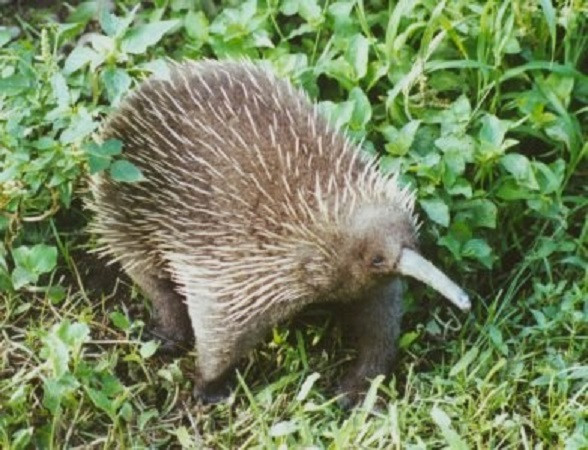New Evidence Suggest Long-Beaked Echidna May Not Be Extinct in Australia After All

Scientists have begun the search for a creature believed to have been extinct in Australia for thousands of years.
Experts are hunting the western long-beaked echidna, a giant member of the echidna family that weighs 10kg and grows up to a metre long.
The species, also known as Zaglossus, is believed to have gone extinct from Australia up to 5,000 years ago and the only place they now live is in New Guinea, where they are listed as critically endangered.
According to The Australian, scientists are now searching for the creature in a remote part of Western Australia after evidence emerged that it may not have disappeared from the land.
Kristofer Helgen, curator at the Smithsonian Natural History Museum, discovered a specimen of the western long-beaked echidna in London's Natural History Museum and realised it had been taken from the wild in Australia in 1901.
The survival of the species was further supported by an account from a 90-year-old Aboriginalwoman how said she used to hunt larger echidnas.

Published in the open access journal ZooKeys, the authors wrote: "Zaglossus is considered to be extinct in Australia, where its apparent occurrence is recorded by Pleistocene fossil remains, as well as from convincing representations in Aboriginal rock art from Arnhem Land [Northern Territory].
"Here we report on the existence and history of a well-documented but previously overlooked museum specimen [skin and skull] of the western long-beaked echidna [Zaglossus bruijnii] ... Possible accounts from living memory of Zaglossus are provided by Aboriginal inhabitants from Kununurra in the East Kimberley.
"We conclude that, like Tachyglossus, Zaglossus is part of the modern fauna of the Kimberley region of Western Australia, where it apparently survived as a rare element into the twentieth century, and may still survive."
The authors said they are "sufficiently convinced" that the creature could still live in "at least one hidden corner of Australia's north-west".
Staff from Australian Wildlife Conservancy and the West Australian Environment Department will now collect and test echidna droppings from the West Kimberley area to try to find DNA evidence of the creature.
Stephen Donnellan, one of the scientists involved in the search, said that even if they fail to locate any evidence, they are still optimistic of the creature's existence.
"If we don't find [long-beaked echidna DNA] in the scats we collect, we still can't say it's not there," he told the newspaper. "However, if we do confirm its presence, then it becomes an important addition to our monotreme fauna."
© Copyright IBTimes 2025. All rights reserved.






















